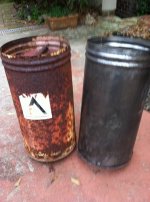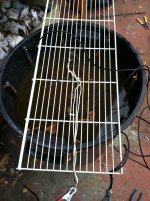goeduck
Super Star Member
And it's a good possibility it was MossRoad where I read he'd used his DC welder, and you know I just had to try it too. WOWSER..!! Definitely makes the water churn..!! I went back to the battery charger, after a couple minutes of watching it. Just wanted to see what it would do.
.
You are a wise man switching to the charger. :thumbsup:
Hydrogen explosions are quite something, I would rather not experience another.
Last edited:


